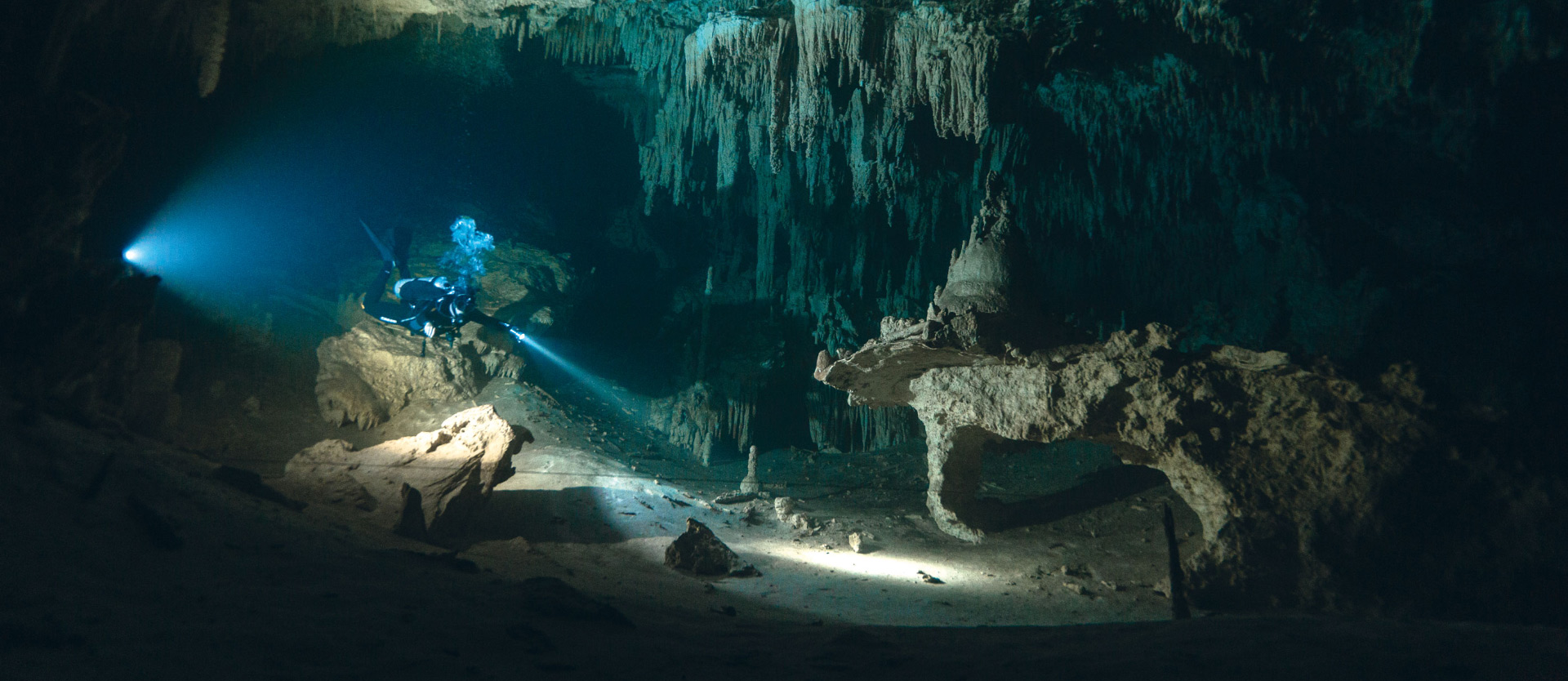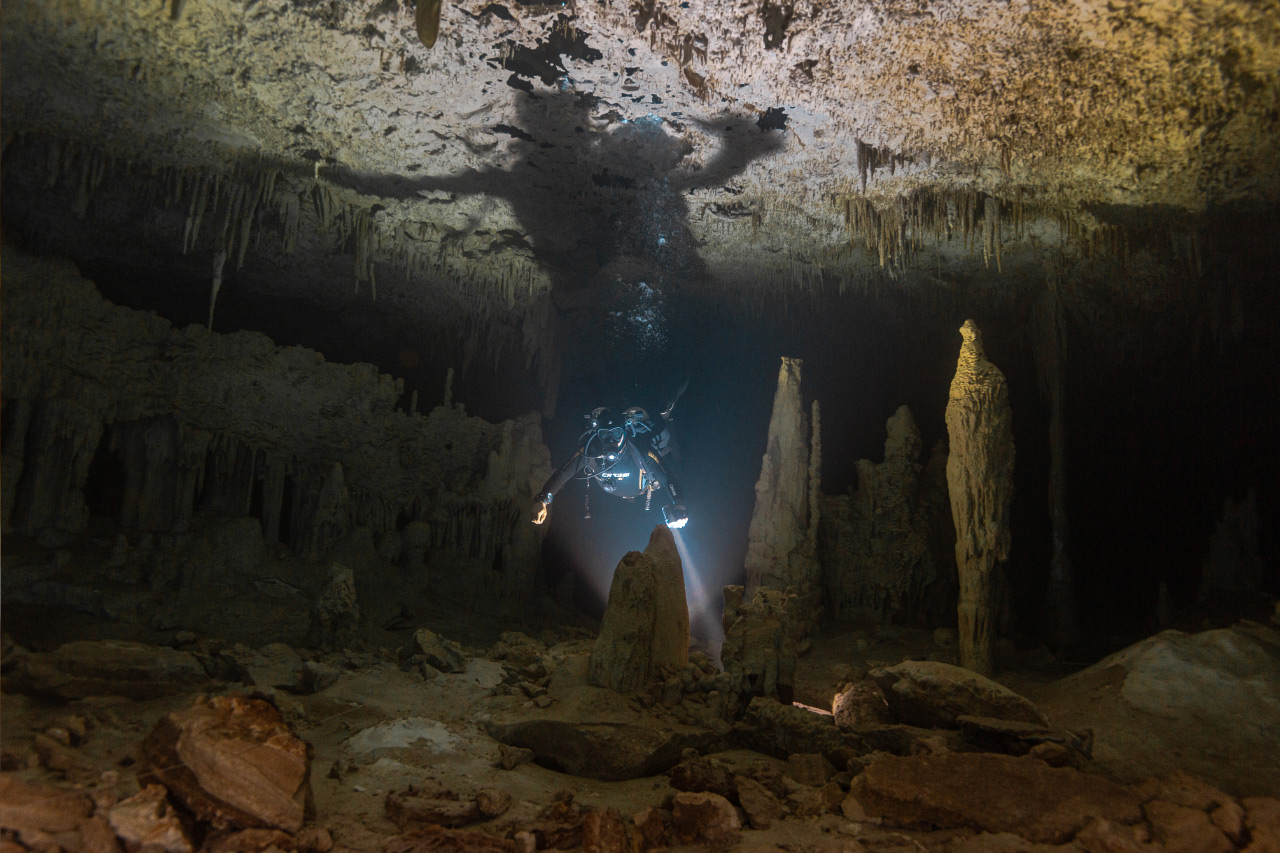
Did the first Americans live here?

Around 20,000 to 30,000 years ago, in the late Pleistocene, humans migrated across the ice-free land bridge from Siberia to Alaska in the area of the Bering Strait and spread southwards from there. At that time, numerous large mammals lived on the American continent, including elephants, rhinoceroses and horses, but also giant sloths - more than six meters long and weighing several tons. Together they are known as the North American megafauna. But at the end of the last glacial period, around 11,500 years ago, most of these animals became extinct, while at the same time humans conquered North and South America. Is this a mere coincidence, or are these events linked? Are humans partly responsible for the extinction of the megafauna? Or, in the case of the sloths, perhaps even the cause? For example, because they hunted the large, very slow-moving animals?

Óscar Solís Torres from the Max Planck Institute for Geoanthropology is investigating these questions. He is investigating tropical caves on Mexico's Yucatán Peninsula, where some of the earliest known traces of human presence on the American continent have been found. Solís Torres is looking for evidence of human presence and the remains of megafauna - here in the Sac Actun cave system on the north-eastern coast of Yucatán.

The challenge: the stalactite caves of the Sistema Sac Actun have been under water for around 9,000 years. With its 347 kilometers known to date, Sac Actun is one of the largest underwater cave systems in the world - and one of the most important sites in underwater archaeology.












